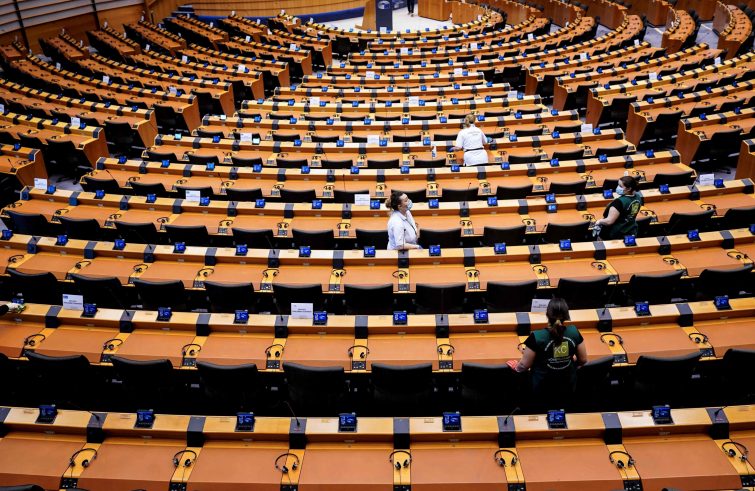
The Recovery Fund will not be operational for several months. If successful, it will take effect in the fall with advance funding, alternatively in early 2021. So far this is an impressive €750 billion proposal (€500 billion in grants and €250 billion in loans) formalized by the European Commission, due to be evaluated by the European Council convened for June 18-19. But it will only be the first scheduled date to understand how quickly this money will flow to each country to stimulate their economies. The distribution of the sums to Italy is estimated at € 172 billion, 90 billion of which in the form of loans and the remaining part in grants.
Italy (which in this case receives more money than it pays into the EU common budget) and other countries are acknowledged to have suffered a greater shock.
They will not be the sole ones as a further €1,100 billion will be made available to European countries in a multi-year plan, whilst others will be provided with loans at advantageous rates by the EIB (European Investment Bank) for the coming years. The EU guarantee scheme (i.e. someone covers payments if the main debtor is unable to repay) will make it possible to apply for new loans without having to offer disproportionate interest rates.
European money in its various forms is available and this is an extraordinary effort for an extraordinary emergency.
Resuming the mid-June calendar enables an analysis of what the European Council of Heads of State or Government may possibly accomplish. A fruitless first round is already envisaged with a second – decisive – meeting in July. In the first session it is likely that the “frugal” countries (i.e. those blaming Mediterranean countries for being insufficiently rigorous in their public finances), including some allies such as Hungary and the Czech Republic for other reasons, will openly disagree on making use of money and public guarantees to benefit “lax” countries. Denmark, the Netherlands, Sweden and Austria acknowledge the exceptional nature of this situation, and favour issuing loans and not grants. France and Germany, with a common position, have paved the way for the Commission proposal.
The “frugal” Countries are a minority but they have the numbers to block decisions and negotiate further for a different distribution. Northern European voters – not as of today – are sensitive to risk-sharing issues with Southern Europe.
Elections in the Netherlands are planned for March and excessive concessions could weigh on Prime Minister Mark Rutte. The 2020 agenda will have to include by October national plans for the best use of European resources for environmental protection, health and digitisation under an ambitious relaunch project called NextGenerationEu. Credible reforms will be needed, parliaments are called upon to respond. They will be evaluated by the EU, as has been reiterated in the last few hours. It is a step-by-step process, each being decisive for the next. The target is still distant, and it is yet to be determined whether in October the contagion will have been tamed and if our economy will have chances of recovery. Or if the virus, after a pause, will upset everything once again.









